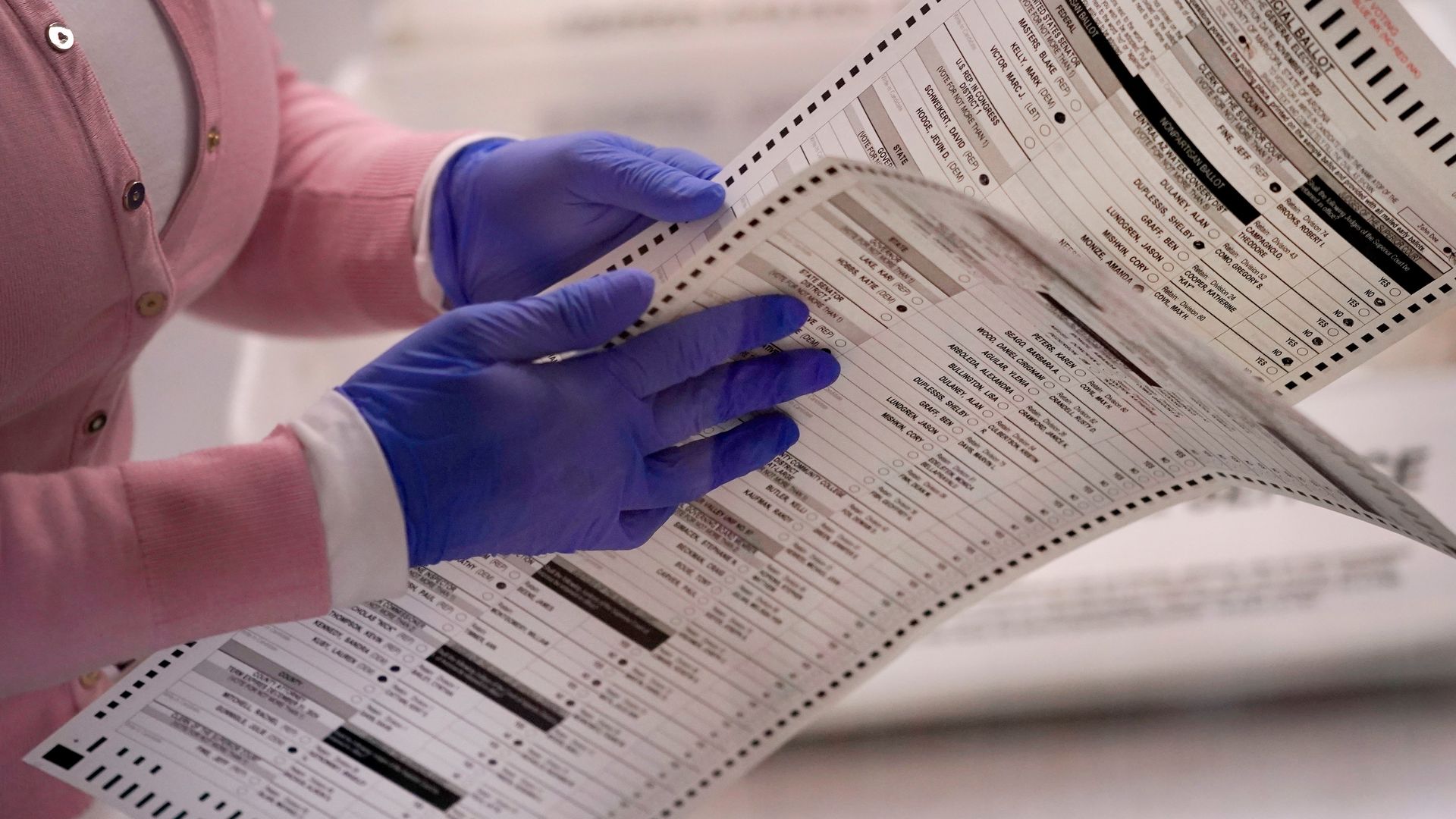
Residents of our nation’s capital overwhelmingly approved a measure to implement ranked choice voting.
Washington DC will now use the alternative electoral system designed to ensure the winner of an election has broad support. Here’s how it works – Voters rank candidates in order of preference. If after the first round no candidate receives a majority of first-choice votes, the candidate with the fewest votes is eliminated, and their votes are redistributed based on the voter’s second choice. This process continues until a candidate secures a majority. Ranked Choice Voting is intended to reduce the impact of the “spoiler effect,” where similar candidates split the vote.
It’s already used in several states including Maine, and cities including San Francisco and New York City.
At least six states are considering ranked choice voting this election, including Colorado, Montana and Oregon.











